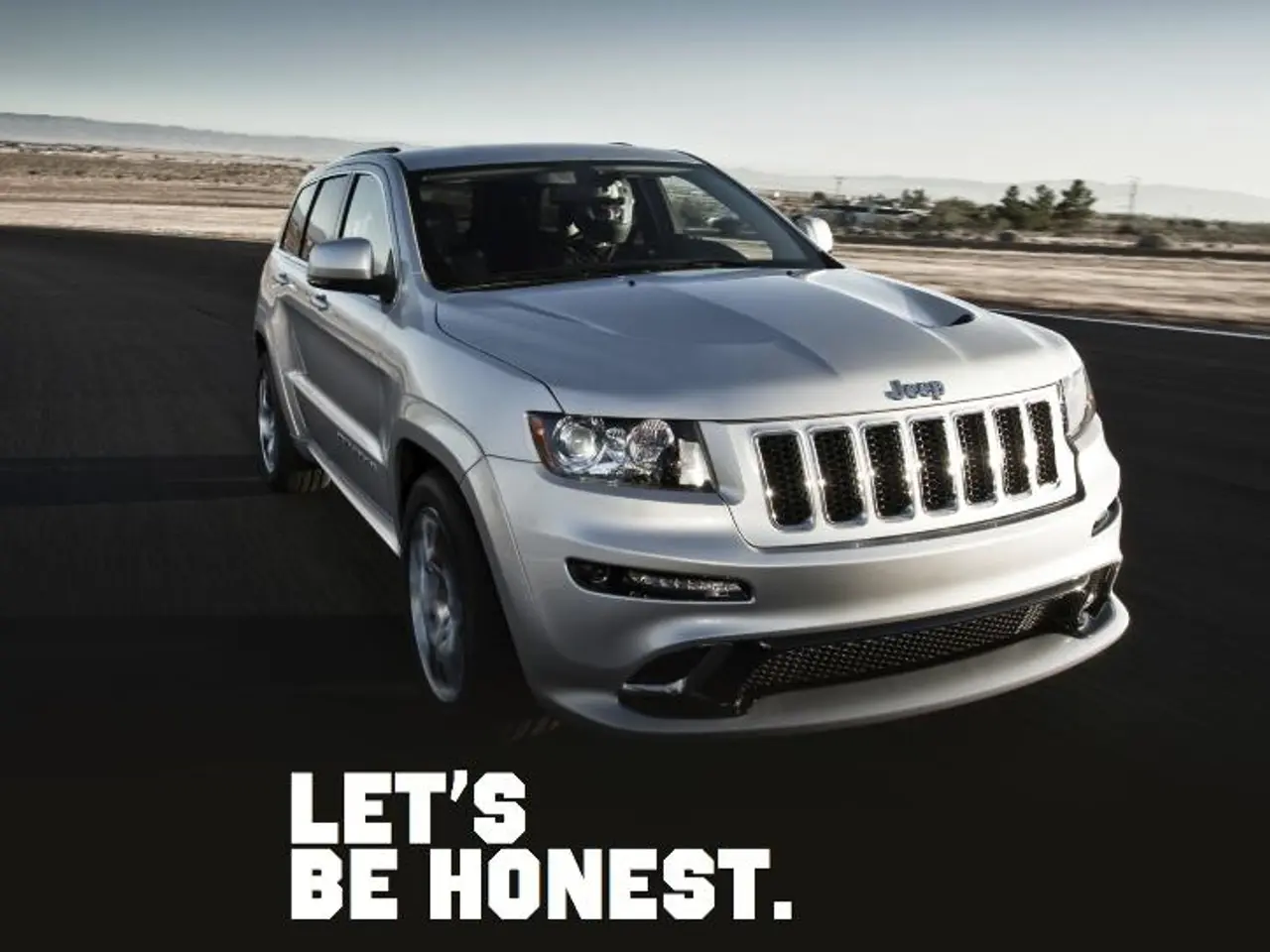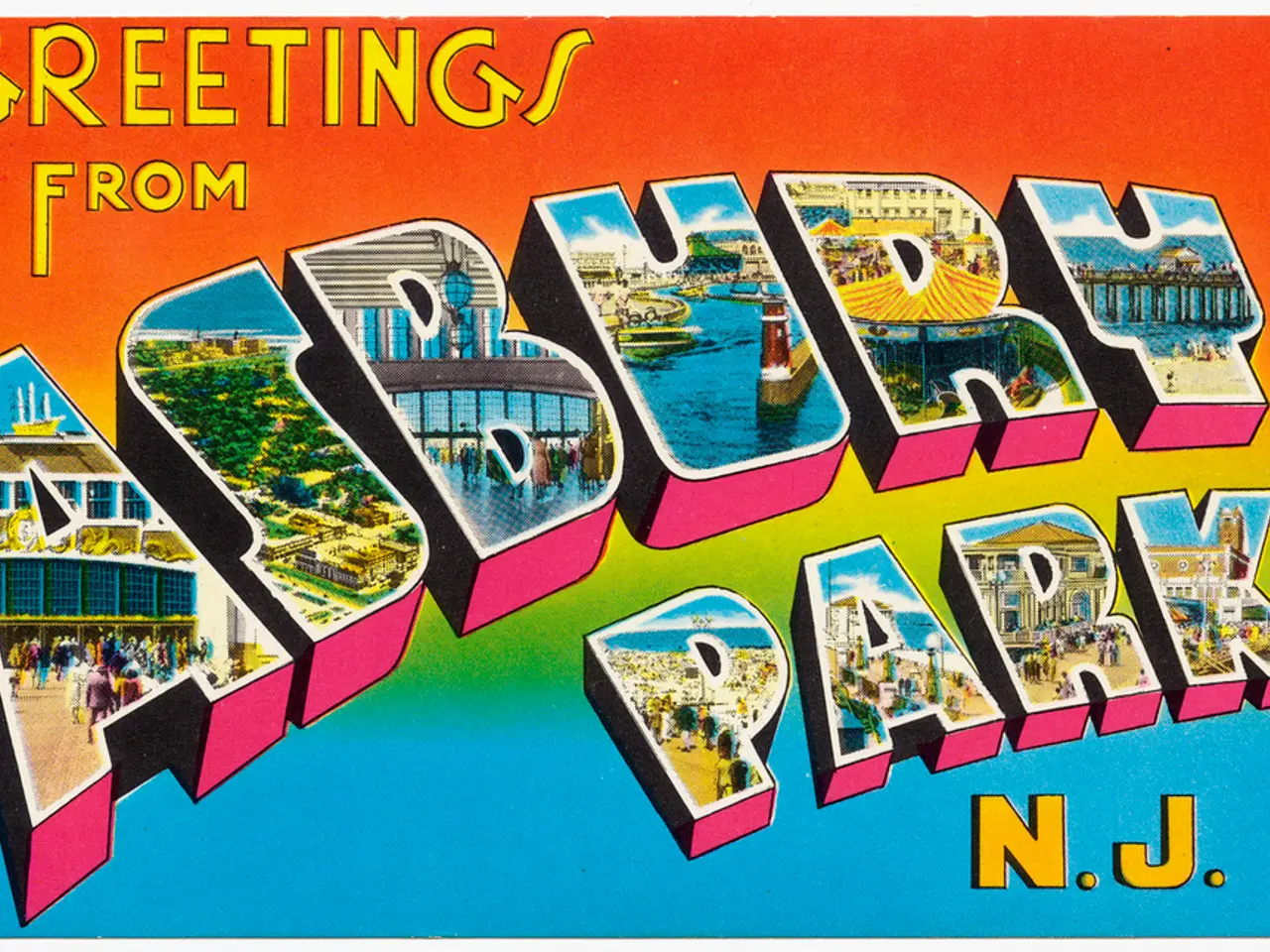Struggles Persist for Nio Investors: Is the Stock Still a Viable Option?
The Chinese automotive market, once a lucrative destination for foreign automakers, is now grappling with a brutal price war that threatens profit margins and product quality. The overcapacity issue, which has left China's auto factories operating at about half capacity, is a significant factor in this predicament.
According to the Shanghai-based Gasgoo Automotive Research Institute, China's overall industry capacity utilization stands at a meagre 49.5%, leaving a massive chunk of the country's 55.5 million annual vehicle production capacity unused. This oversupply has resulted in an inventory backlog of approximately 3.5 million unsold cars.
The pressure to move these vehicles has forced manufacturers, including Nio, into aggressive price-cutting strategies. However, this vicious cycle of price wars erodes margins and potentially compromises product quality. For companies like Nio, balancing aggressive market competition with maintaining brand and product quality is a significant challenge.
Despite implementing cost control measures such as organisational restructuring, cross-brand integration, and efficiency improvements in R&D, supply chain, sales, and services, Nio's net loss widened during the first quarter of 2025. However, the company's gross profit made a substantial 88.5% increase to $126.7 million during the same period, and its vehicle margin increased to 10.25%.
The market leader, BYD, applied pressure in late May by announcing an aggressive pricing strategy that slashed prices as much as 34% on 22 of its electric and plug-in hybrid models until the end of June. This move, along with similar strategies from other competitors, puts pressure on Nio to maintain its pricing power and brand reputation.
The Chinese government has expressed concern over the sustainability of the current dynamics and has cautioned against excessive discounting. Despite the robust growth in new energy vehicle (NEV) demand, with NEV shipments in China up 44% year-to-date 2025, the overcapacity challenges cost control and profitability across the sector.
For investors, it might be wise to watch from the sidelines until China's overcapacity problem isn't so dire and its price war not so brutal. Nio, a competitor in China's automotive market, is focusing on accelerating production of its two newer brands, Onvo and Firefly, to drive deliveries as the year progresses.
As the industry navigates these challenges, it's clear that the once-booming Chinese automotive market is now a battleground for survival and growth.
- The ongoing price war in the Chinese automotive industry, driven by overcapacity, is threatened by eroding profit margins and compromised product quality, especially for companies like Nio.
- While Nio implemented cost control measures, its net loss widened during the first quarter of 2025. However, its gross profit increased significantly, and its vehicle margin also saw an improvement.
- The market leader, BYD, announced a steep price reduction on several electric and hybrid models, putting pressure on Nio to maintain its pricing power and brand reputation.
- Investors might find it prudent to observe the market from the sidelines, given theovercapacity issues and aggressive price wars in China's automotive sector.
- As personal-finance experts analyze the current state of the Chinese automotive market, they find it to be a competitive arena for survival and growth, with advancements in technology playing a crucial role in companies' strategies.




